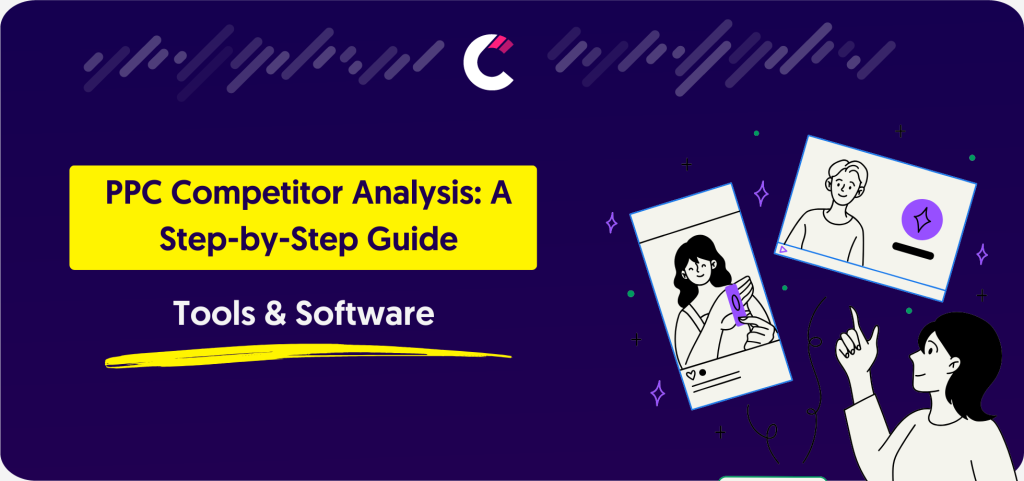
If you’re looking to get a leg up in the digital advertising space, understanding PPC competitor analysis is essential. It’s not just about bidding on ads; it’s about smart strategy and deep dives into data that can save you time and money. This guide will walk you through the nuts and bolts of analyzing your competition’s PPC efforts. From identifying who you’re up against in ad space to dissecting their campaigns and learning from their performance, we’ve got you covered. With our help, you’ll not only keep up with the competition but also learn how to outpace them. Let’s unravel the process together and equip you with the tools you need for PPC success.
PPC advertising is a model of internet marketing where advertisers pay a fee each time someone clicks on their ads. Essentially, it’s a way of buying visits to your site, rather than attempting to “earn” those visits organically. Search engine advertising in platforms like Google is one of the most popular forms of PPC. It allows advertisers to bid for ad placement in a search engine’s sponsored links when someone searches on a keyword that is related to their business offering. For instance, if we bid on the keyword “PPC software,” our ad might show up in the very top spot on the Google results page. PPC advertising is not just about search engines, though; it can also include ads on social platforms, where the audience’s interests and behaviors can be targeted more precisely.
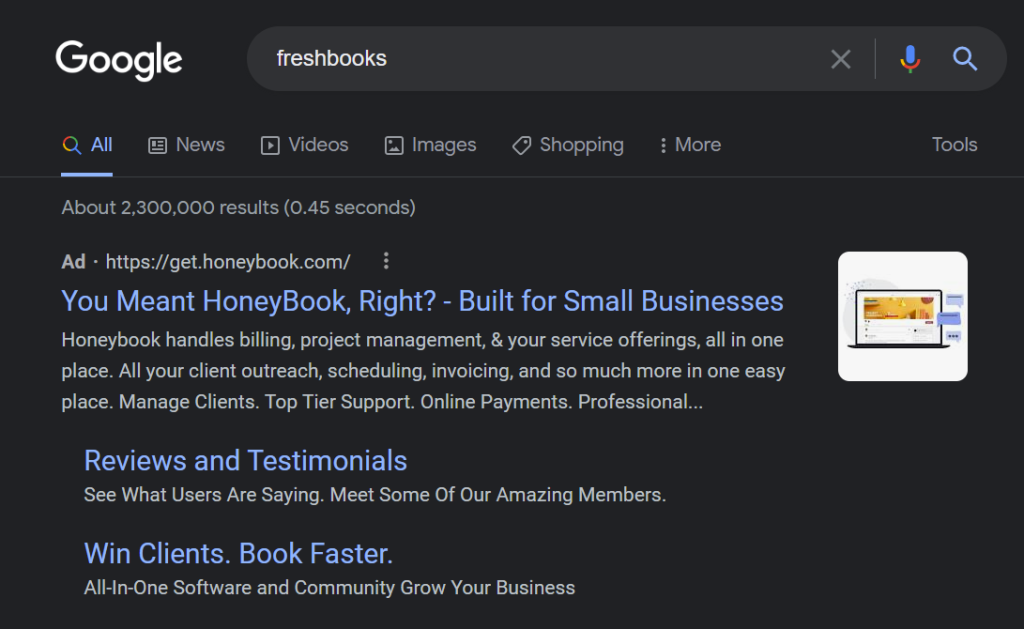
A competitive PPC analysis is a deep dive into where and how your competitors are investing in their pay-per-click advertising campaigns. It’s detective work in the digital advertising space, where you gather intelligence on the strategies that are working for others in your market. This analysis covers everything from the keywords they’re targeting, the nature of their ad copy, to the structure of their ad campaigns. By understanding these elements, you can see not just what they’re doing, but you can infer why they’re doing it and how much they’re willing to pay for it. The insights gained here are invaluable; they help you make informed decisions about your own PPC strategy, ensuring you’re not just following the pack, but finding new opportunities to lead it.
Who said that staying ahead of competition is just about the ads you create; it’s also about the intelligence you gather. Competitor paid search analysis offers a goldmine of strategic data that can transform the way you approach your PPC campaigns. It’s not just another item to check off; it’s a fundamental practice that can set you apart from the competition. Here’s why it’s so important:

Gain a granular understanding of the competitive bids within your niche, allowing for smarter budget allocation and bid adjustments on high-value keywords. For example, if you notice that several competitors consistently outbid you on "luxury skincare" but ignore "organic acne remedy," you might shift focus and capture the less contested market with a higher potential for conversion.

Analyze the messaging that competitors use to attract clicks and conversions, then refine your own copy to stand out in the crowded ad space. Analyzing a competitor's successful ad copy that uses phrases like "award-winning customer service" can inspire you to highlight your own strengths, such as "24/7 expert support" in your ad copy to differentiate your brand.

Identify when competitors launch their major campaigns and promotions, providing a chance to strategize your ad schedule for maximum impact.

Estimate competitor budgets and observe how they shift spending across campaigns, helping you to identify industry trends and allocate your resources more effectively.
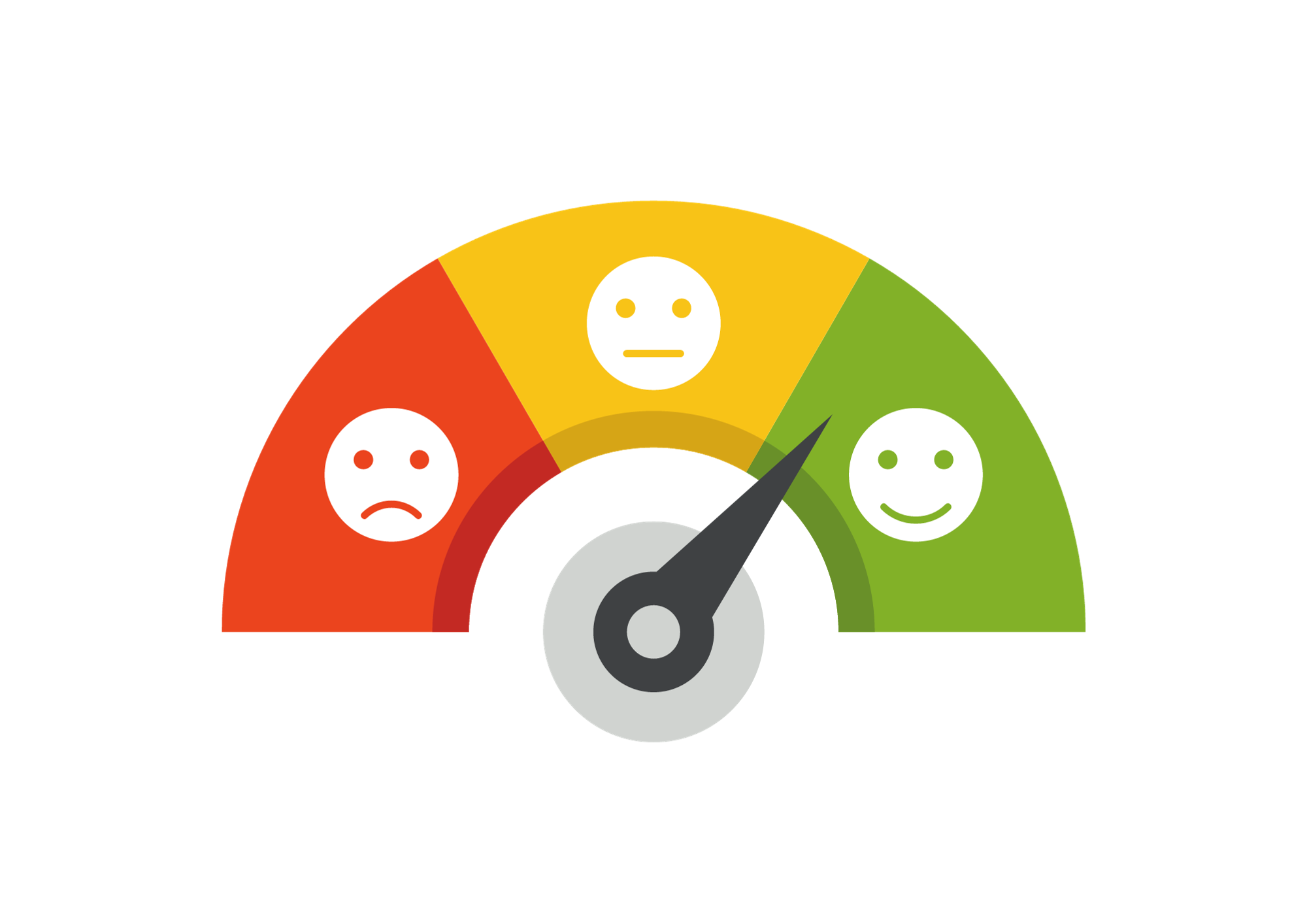
By studying the ad relevance and landing page quality of competitors, you can take steps to improve your own quality scores, potentially lowering costs and improving ad rank.

See which ad extensions add to the success of competitor ads and consider how similar features could enhance your own ad visibility and performance.
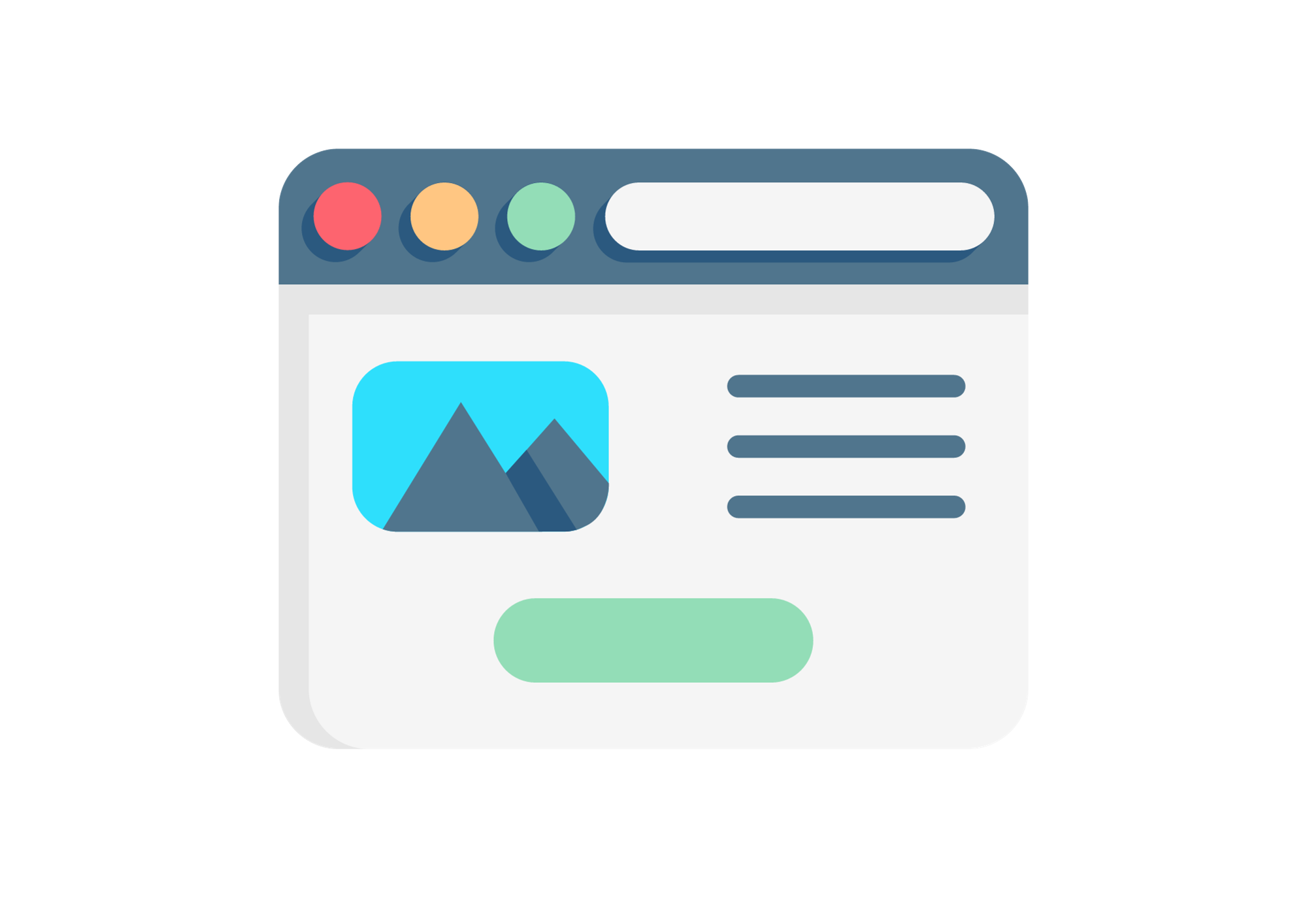
Compare the user experience and conversion paths on competitor landing pages to inform design and content updates on your own pages. For example, Seeing a competitor's landing page featuring a quick and easy checkout process can lead you to streamline your own, reducing steps to purchase, which could enhance conversion rates.

By comparing your conversion rates and campaign effectiveness against those of your competitors, you can pinpoint areas for improvement and adjust for better ROI.
By integrating these insights into your PPC strategy, you can craft campaigns that are not just reactive, but proactive and innovative.
Embarking on PPC competitor analysis is a journey that requires meticulous planning and execution. Each step builds upon the previous one, creating a comprehensive picture of the competitive landscape and revealing opportunities for strategic advantage. Let’s dive into the steps:

Start by listing direct competitors you already know. Expand your search by using search engine tools to find businesses bidding on similar keywords, and don't forget to consider indirect competitors who target the same audience.

Examine the exact keywords your competitors are targeting. Utilize keyword research tools to uncover high-performing keywords they might be missing, offering you a chance to capitalize on these opportunities.

Spot underserved areas by analyzing your competitors' keyword and ad strategies. Look for market segments or customer needs that are not being fully addressed, which could be your window of opportunity.

Review your competitors' historical PPC data to understand their strategy evolution. Use analytics tools to track changes in their ad spend and keyword focus, helping you predict future trends.

Monitor where your competitors' ads are appearing. Analyze their ad placement strategy across various platforms and consider diversifying your own ad placements to reach different audience segments.
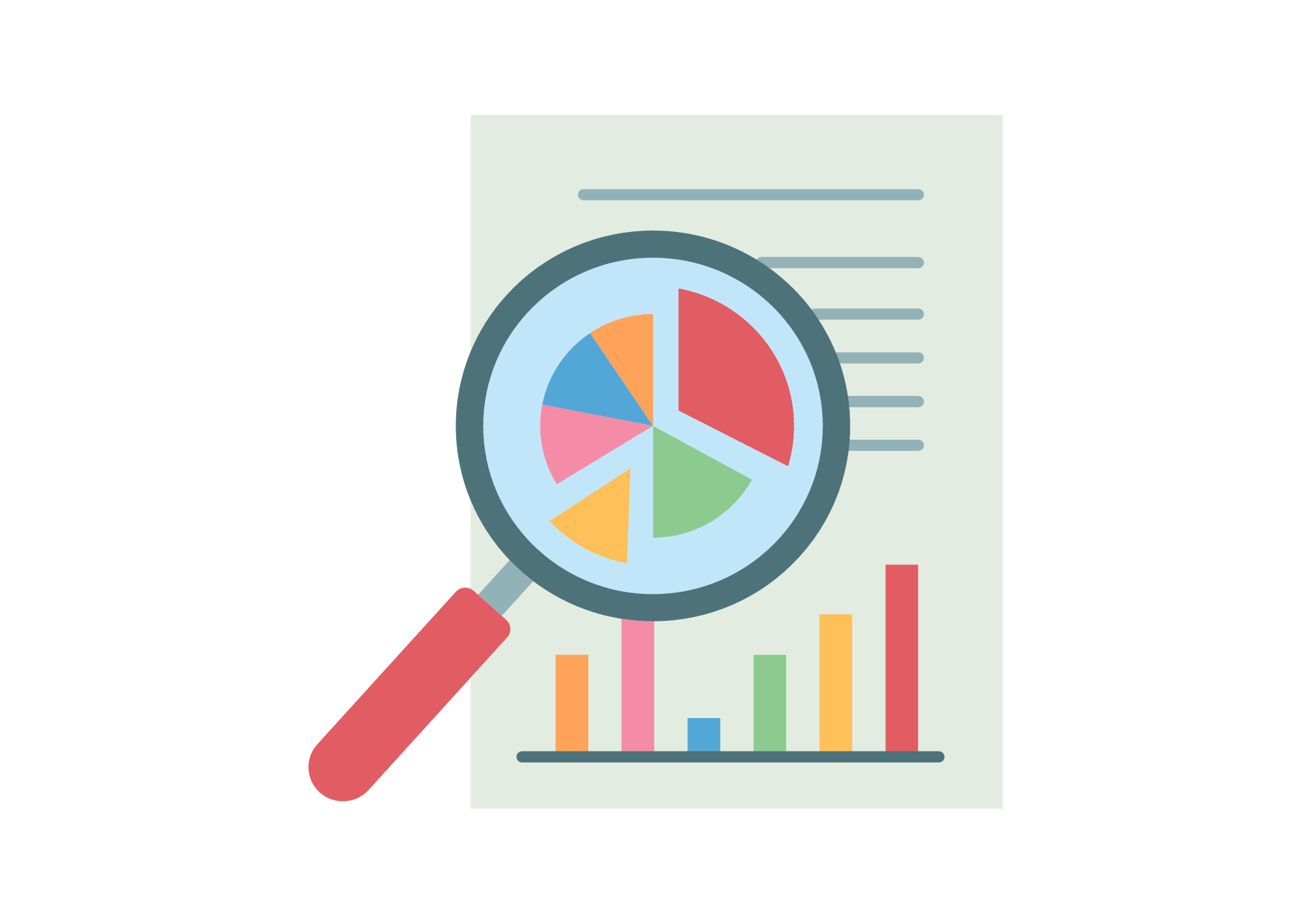
Study the UVPs and CTAs in your competitors' search ads. Experiment with different UVPs and CTAs in your ads to see what resonates best with your target audience.

Analyze the language and tone in your competitors' ad copy. Test different messaging styles in your ads to find the most engaging and persuasive approach for your audience.

Examine your competitors' landing pages for design and user experience. Implement the best practices you observe into your own landing pages to improve conversion rates.

Estimate your competitors' PPC spend and bidding strategies using market analysis tools. Use this information to refine your bidding strategy and allocate your budget more effectively.

Benchmark your PPC campaign performance and ROI against your competitors. Use analytics tools to identify areas where you can improve your campaign's effectiveness.

Regularly check Google Ads Auction Insights for a direct comparison with your competitors. Use this data to adjust your bidding strategies and improve ad performance.

Keep an eye on your ad position and quality score relative to your competitors. Optimize your ads and landing pages to improve these metrics and achieve a better ad rank.

Study your competitors' conversion funnels to understand their customer journey. Apply these insights to optimize your own funnel, enhancing the path from awareness to conversion.

Deep dive into your competitors' target audience profiles. Use this information to fine-tune your audience targeting and reach the most receptive segments.

Observe how your competitors adjust their strategies for seasonal trends. Plan your campaigns to leverage these fluctuations, capturing market demand at the right moments.

Evaluate how your competitors tailor their ads for different devices. Adapt your campaigns to ensure optimal performance across all devices, from desktops to smartphones.

Stay vigilant in monitoring your competitors. Keep up with their strategies and tactics to maintain a competitive edge in your PPC campaigns. Use competitor analysis tools to consistenly monitor your competitors and new campaigns that they might be launching.
By following these steps and incorporating these actionable tips, you can develop a thorough understanding of your competitors’ PPC strategies and leverage this knowledge to enhance your own campaigns.
Performing PPC analysis using Competitors App can streamline your process and provide deep insights into your competitors’ strategies. Here’s a step-by-step guide to effectively use Competitors App for your PPC analysis:

Begin your journey by setting up an account with Competitors App. Take advantage of the 15-day free trial to explore the full range of features. This trial period allows you to monitor up to 10 competitors, giving you a comprehensive view of their online marketing strategies. You'll gain insights into their main keywords, the ads and creatives they're using, and much more. This initial step is crucial for establishing a baseline understanding of your competitive landscape.
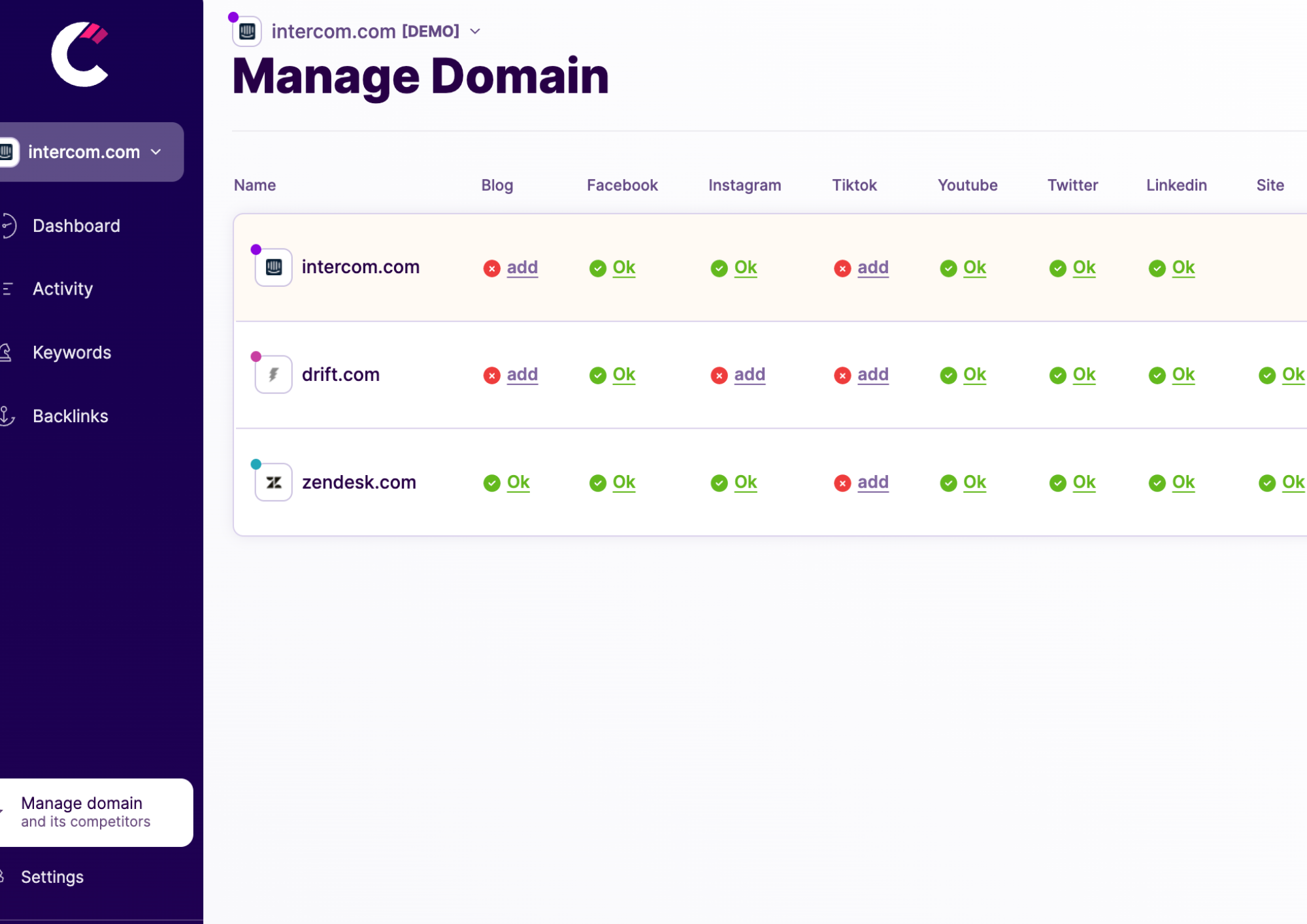
The next step is to identify who your competitors are. Competitors App comes equipped with a keyword finder tool that can assist in identifying which competitors are ranking for specific keywords. Additionally, you can draw inspiration from other sources such as G2 or Capterra to broaden your understanding of your competitive environment. This step is vital in ensuring that you are monitoring the right competitors who are directly impacting your market space.
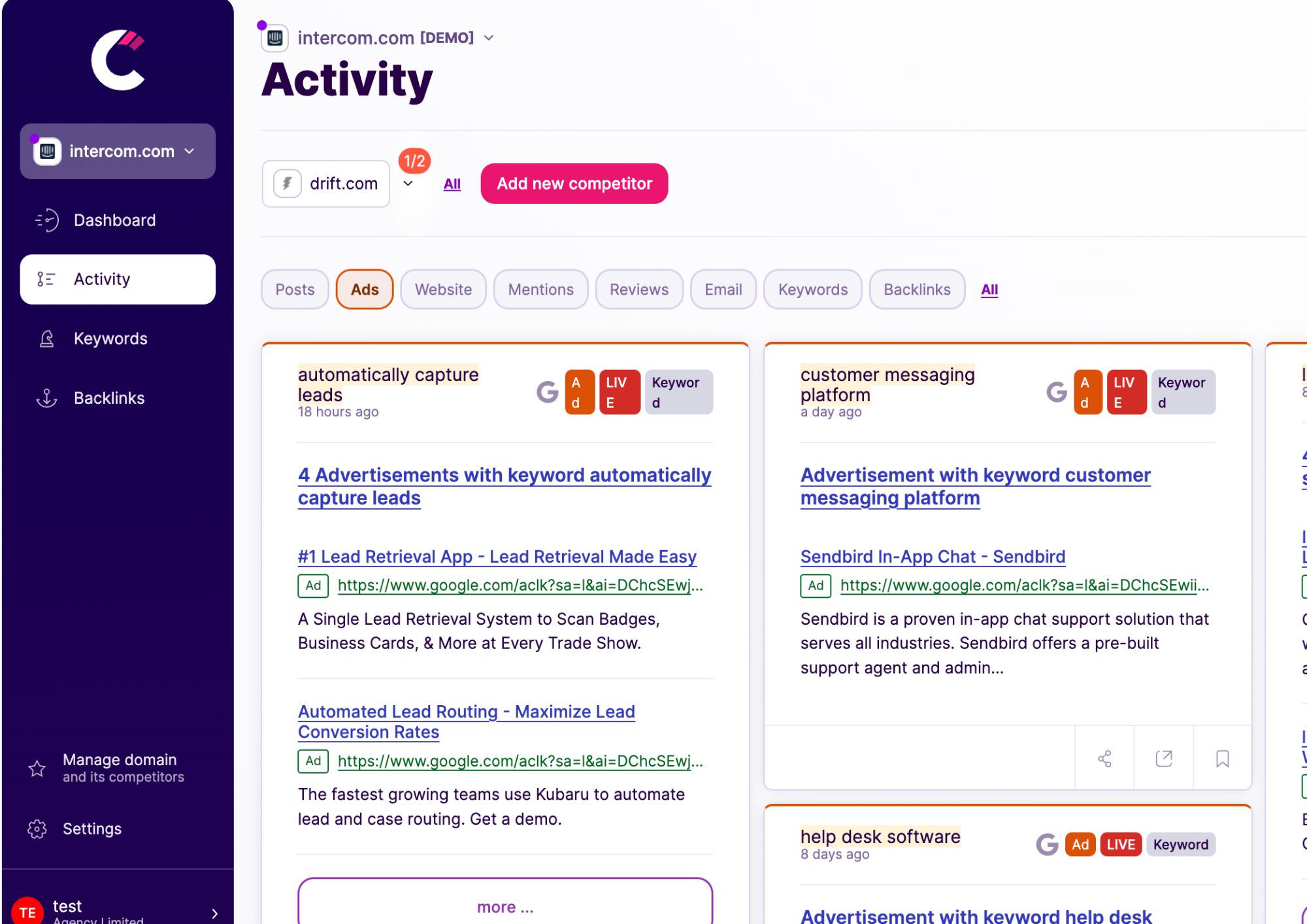
Once you start using Competitors App, it will provide you with a wealth of information about your competitors' advertising strategies. You'll have access to data on all the ads they are running across platforms like Google, Facebook, Instagram, and LinkedIn. This information is key to understanding their strategies. Pay close attention to their ad copy, creative elements, and positioning. Look for common patterns and strategies that are working for them, which can provide valuable insights for your own PPC campaigns.
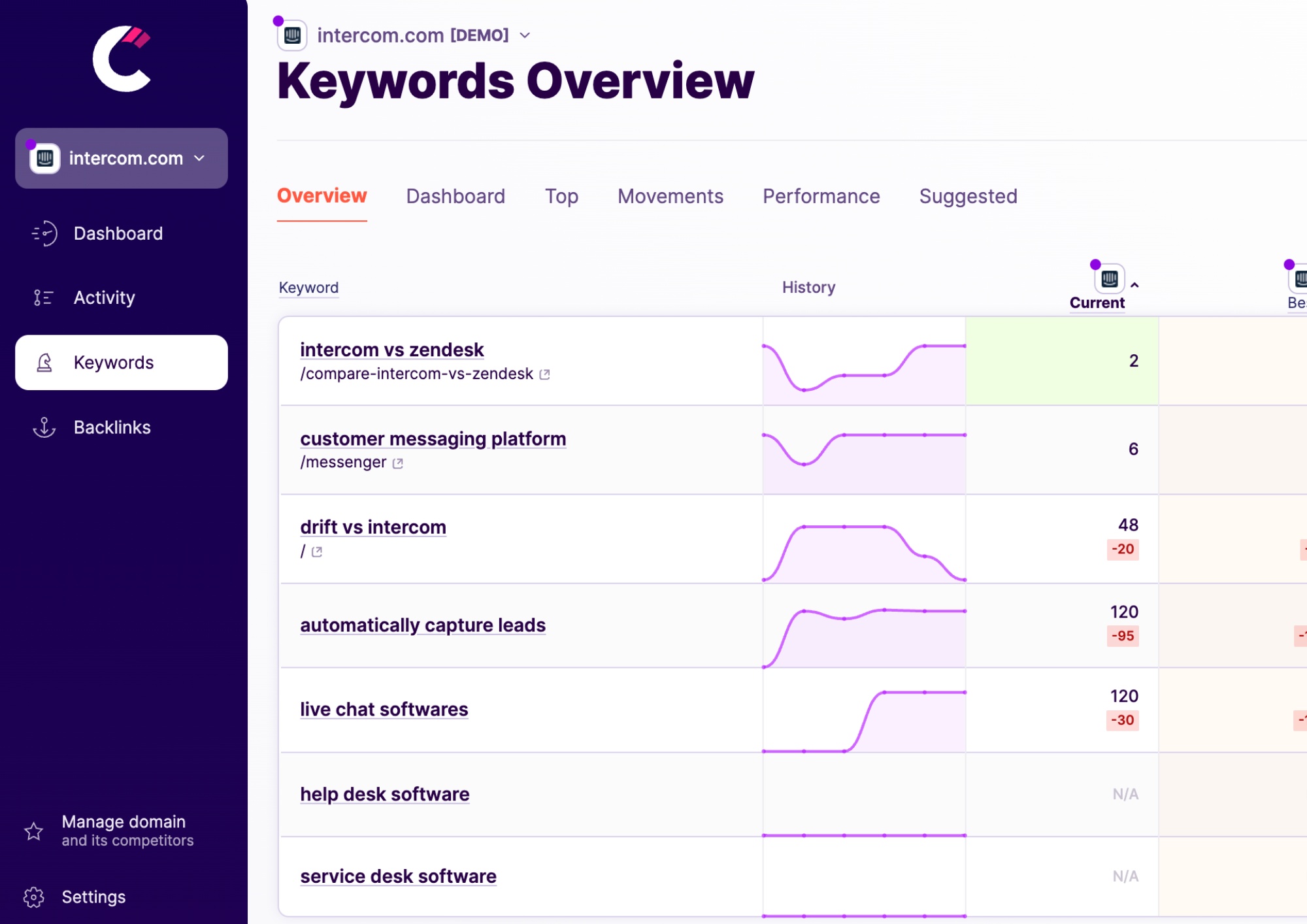
An essential part of PPC competitor analysis is understanding the keyword landscape. Use Competitors App to identify the most common keywords your competitors are targeting. Pay special attention to keywords with the lowest cost per click, as these might represent areas with less competition and more opportunity. This step will help you refine your keyword strategy and potentially uncover untapped markets or niches.
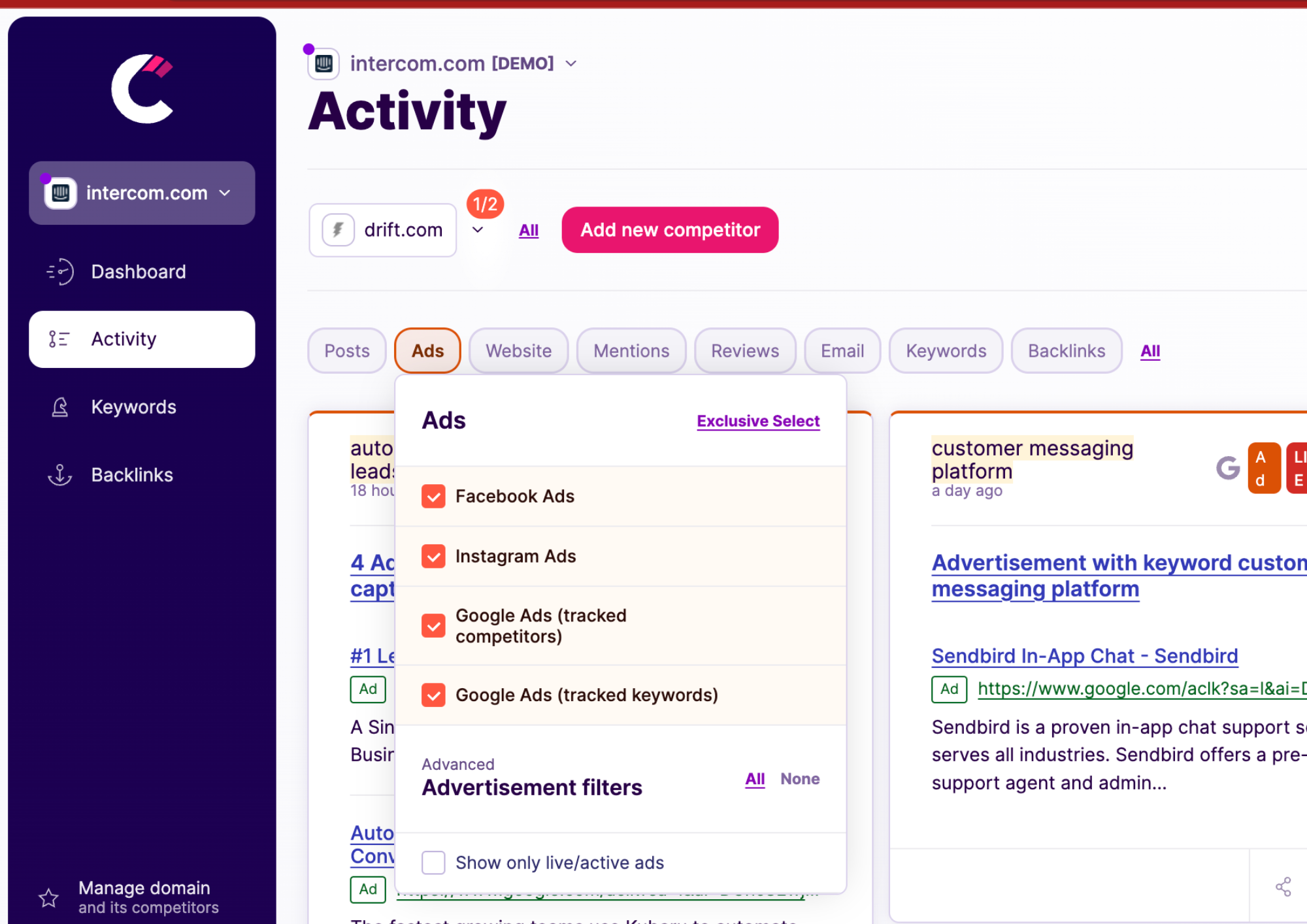
With Competitors App, you can gain insights into where your competitors are focusing their ad efforts. The app allows you to see the number of ads they run per channel, which ads are currently live, and where they are investing most of their resources. This information is crucial to understand whether PPC is the right channel for you or if you should consider expanding into other channels like Instagram or LinkedIn based on your competitors' strategies.

Identify the best-performing ads of your competitors and analyze their corresponding landing pages. Look into the content, call-to-action buttons (such as 'Book a Demo', 'Free Sign Up', or 'Buy Now'), and the overall user experience. Understand what happens on the page and the customer journey that follows. This step is key to understanding what resonates with your target audience and what strategies are effective in your industry.

Carefully review the ad copy and creative elements used by your competitors. Take notes and use the save feature in Competitors App to archive the most impactful elements. This will allow you to easily access these insights later or share them with your design team for inspiration.
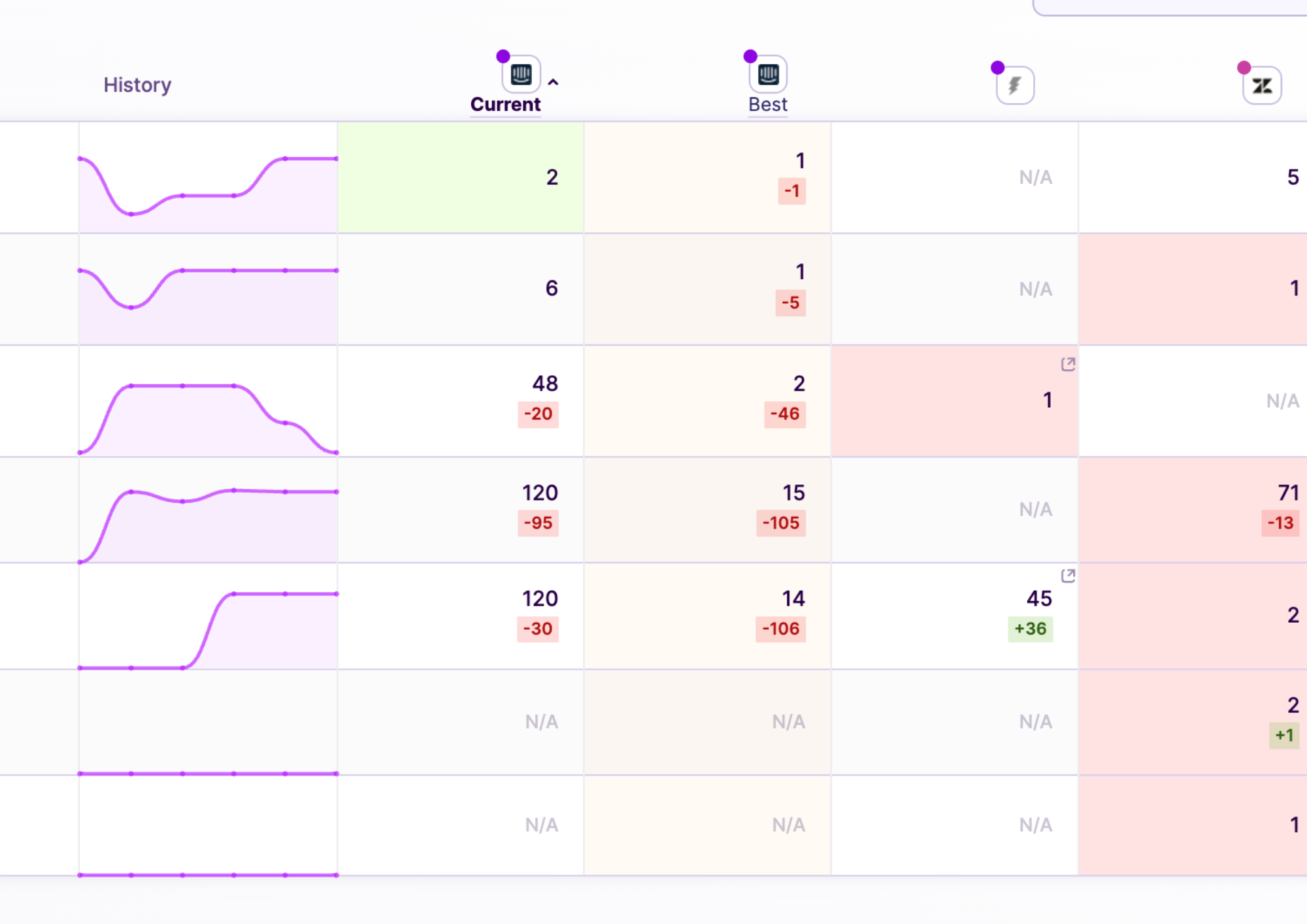
Stay informed about any changes or new trends in your competitors' strategies. Set up notifications in Competitors App to ensure you're always in the loop. This continuous monitoring will help you adapt quickly to market shifts and maintain a competitive edge.
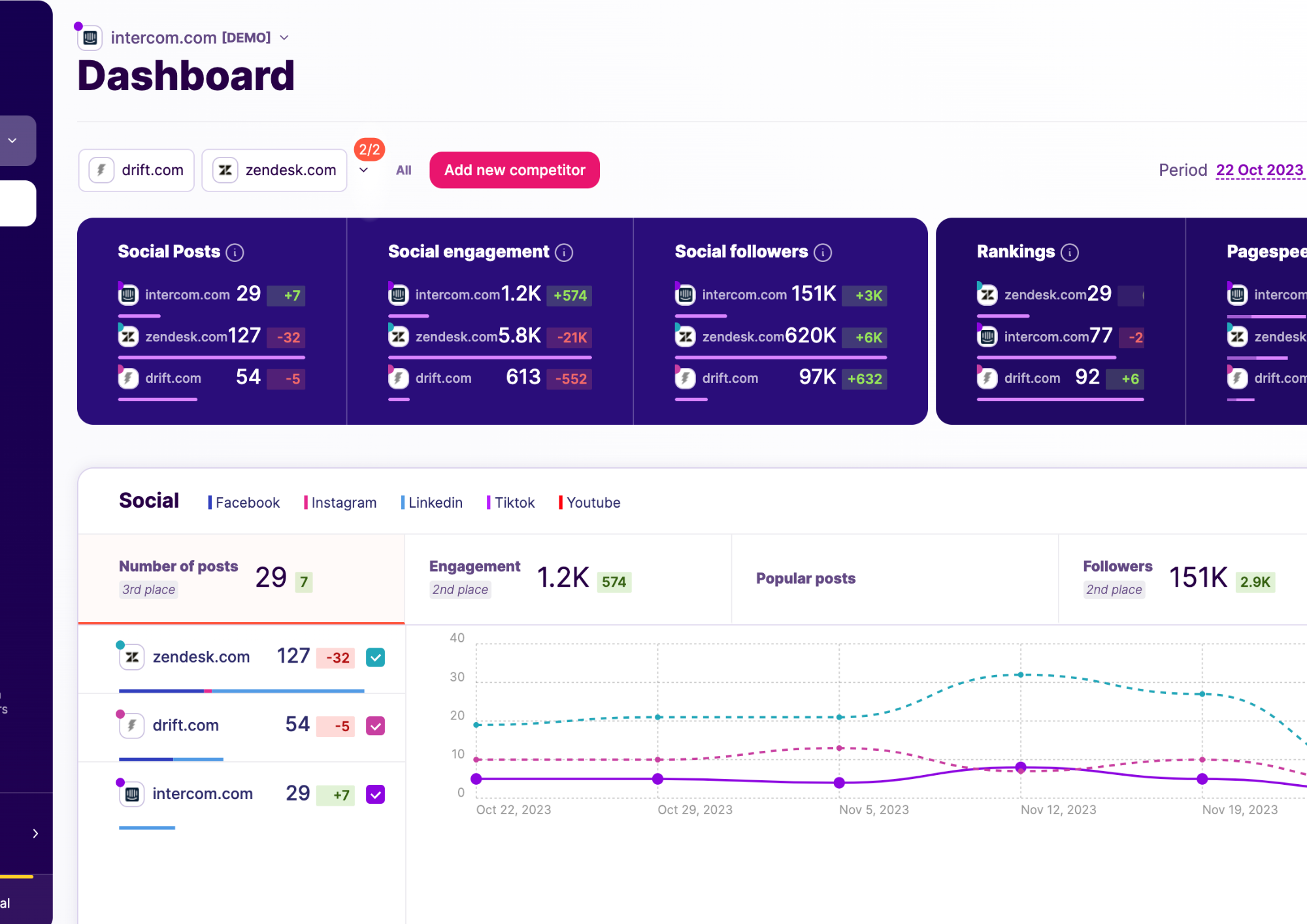
Now, take the insights you've gathered and start applying them to your campaigns. Give briefs to your designers, adjust your targeting, ad copy, and budget allocation. Make strategic changes to your overall campaign approach based on the data and trends you've observed. This step is about turning insights into actionable improvements in your PPC campaigns.
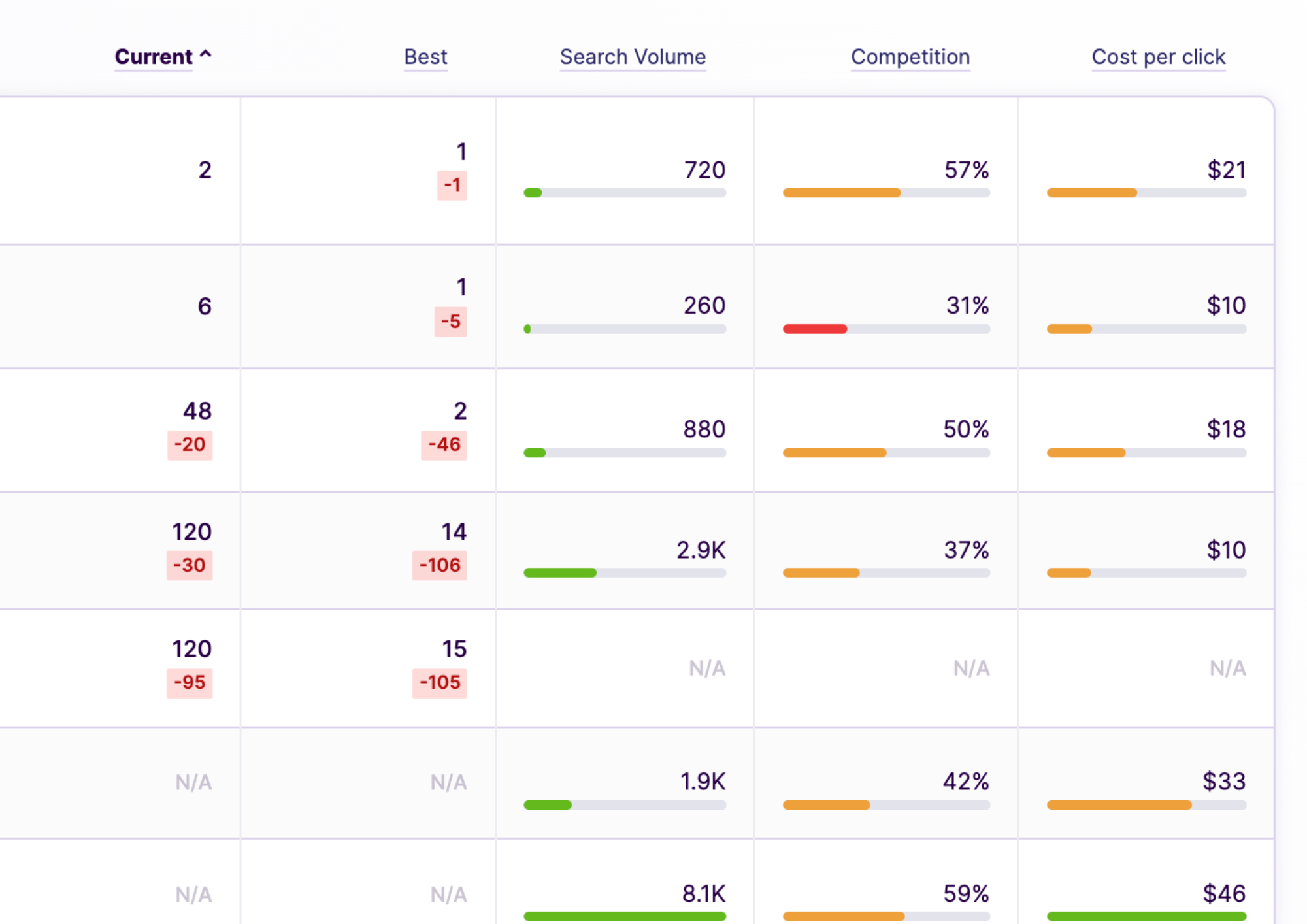
Keep monitoring your competitors and the market to identify new trends. Continuously shape and refine your strategy based on ongoing observations. This proactive approach ensures that your campaigns are always aligned with the latest market dynamics and are positioned for maximum impact and efficiency.

In addition to PPC ads, Competitors App allows you to track all your competitors’ advertising efforts across various platforms, including Facebook, Instagram, Display, and LinkedIn. This comprehensive tracking capability ensures you’re not just seeing the ads they currently run but also keeps you notified about their future advertising campaigns. This feature is invaluable for staying ahead in the competitive landscape, allowing you to adapt and respond to new strategies as they emerge.
By leveraging Competitors App for your PPC analysis and beyond, you gain a comprehensive understanding of the competitive landscape across multiple advertising platforms, enhancing your ability to craft effective and responsive marketing strategies.
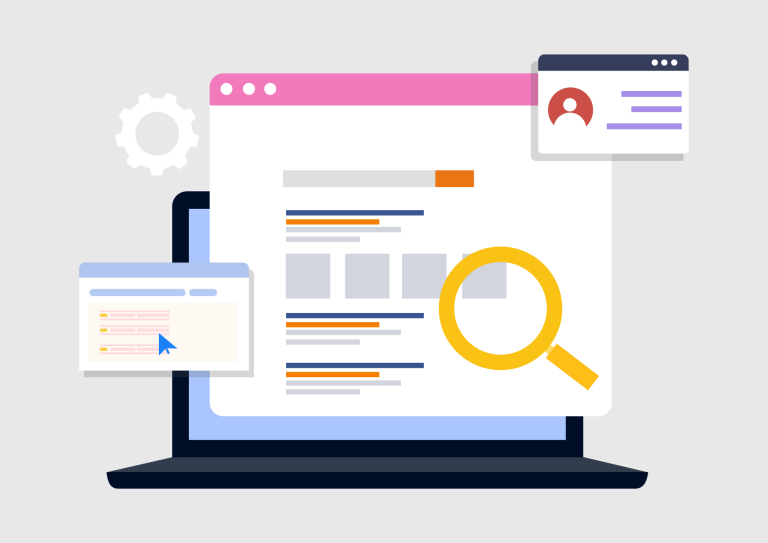
Search Engine Marketing (SEM), which encompasses the strategies and tactics used to increase visibility and traffic to websites through search engines, is a critical component of a successful online marketing strategy. It involves paid advertising (PPC), as well as optimizing websites to rank higher in search engine results pages (SERPs) organically. The Competitor SEM Checklist is a vital tool in this endeavor, offering a structured approach to analyze and outperform your competitors in the SEM arena.
This checklist is designed to dissect and understand the various elements that make up your competitors’ SEM strategies. From scrutinizing their keyword selection and ad copy to evaluating their budgeting tactics and audience targeting, the Competitor SEM Checklist ensures a comprehensive analysis. By methodically working through this checklist, you can uncover the strengths and weaknesses in your competitors’ approaches, identify market opportunities, and refine your own SEM strategy to gain a competitive edge.
Are you ready to revolutionize your approach to Search Engine Marketing? Download our free Competitor SEM Checklist PDF today. This comprehensive guide will provide you with the insights and tools needed to analyze your competitors’ SEM strategies effectively and refine your own tactics for maximum impact.

As seen in this article so far, we can understand that knowing your competitors is a superpower for PPC Marketers and we want to help you do that easily. This is where our Free PPC Competitor Analysis Template comes into play. It’s designed to streamline the process of gathering, organizing, and interpreting data about your competitors’ PPC campaigns. By using this template, you can uncover valuable insights into their strategies, identify opportunities for improvement in your own campaigns, and make data-driven decisions to enhance your PPC performance.
The template is user-friendly and comprehensive, covering various aspects of PPC competitor analysis. It guides you through the process of collecting and analyzing critical data points, making it easier to compare your PPC efforts with those of your competitors.
Ready to elevate your PPC game? Download our Free PPC Competitor Analysis Template now. This template is not just a tool; it’s a roadmap to understanding your competition and outperforming them in the PPC arena. Equip yourself with the insights needed to refine your strategies and achieve better results in your PPC campaign
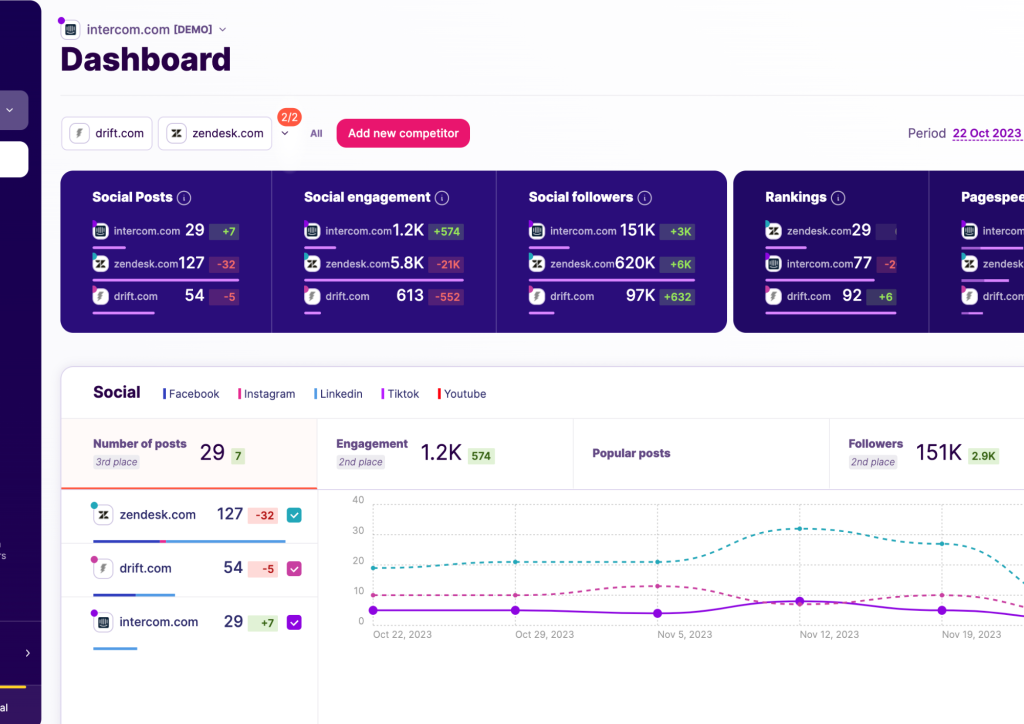
When it comes to PPC competitor analysis, having the right tools at your disposal can make a significant difference. These tools not only simplify the process but also provide deep insights that can help you refine your strategies and stay ahead of the competition. Let’s dive into some of the best PPC competitor analysis tools available today.
Competitors App: This tool offers comprehensive monitoring of your competitors’ PPC campaigns, including ad copy, keywords, and performance metrics. It’s particularly useful for tracking changes and trends in your competitors’ strategies.
SEMrush: Known for its extensive keyword research capabilities, SEMrush also offers features for PPC analysis, such as ad history and competitor ad strategies.
SpyFu: A tool focused on competitor keyword research, SpyFu provides insights into the keywords your competitors are bidding on and their historical PPC campaigns.
Ahrefs: While primarily an SEO tool, Ahrefs also offers features for PPC analysis, including competitor ad monitoring and PPC keyword insights.
Google Ads Keyword Planner: This free tool by Google is essential for keyword research and understanding the competitive landscape in Google Ads.
iSpionage: iSpionage offers a detailed look into your competitors’ PPC strategies, including their ad copy, keywords, and budget estimates.
Adbeat: Specializing in display advertising, Adbeat allows you to analyze your competitors’ display ad strategies across various platforms.
To stay competitive in the fast-paced world of PPC advertising, leveraging these tools is essential. Each tool offers unique features that can provide valuable insights into your competitors’ strategies, helping you make informed decisions to enhance your PPC campaigns. Start exploring these tools today and take your PPC strategy to the next level.

Once you’ve gathered all the necessary insights from your PPC competitor analysis, the next crucial step is putting this knowledge into action. This involves strategically applying the data and insights you’ve acquired to optimize your own PPC campaigns. Let’s explore how you can effectively translate your competitor analysis into tangible results.
Refine Your Keyword Strategy: Utilize the insights from your competitor keyword analysis to enhance your own keyword targeting. This might involve adopting high-performing keywords or identifying and capitalizing on keyword gaps.
Optimize Ad Copy and Creative Elements: Draw inspiration from your analysis of competitors’ ad copy and creative elements. Test different approaches in your ads to see what resonates best with your audience.
Adjust Budget and Bidding Strategies: Based on your understanding of competitors’ budgeting and bidding tactics, reevaluate your own budget allocation and bidding strategies to maximize ROI.
Improve Landing Page Experience: Implement changes to your landing pages, taking cues from what works well for your competitors. Focus on improving user experience and conversion rates.
Leverage Ad Placement Insights: Use the data on ad placements to refine where and how you run your ads. This could involve exploring new channels or adjusting your ad placement strategy on existing platforms.
Tailor Your Audience Targeting: Refine your audience targeting strategies based on the insights gained about your competitors’ audience segmentation and targeting techniques.
Respond to Market Trends and Seasonality: Stay agile and adapt your PPC campaigns in response to seasonal trends and market changes, as observed in your competitor analysis.
As we wrap up our comprehensive guide on PPC competitor analysis, it’s important to emphasize the significance of this practice in the ever-evolving world of digital marketing. PPC competitor analysis is not just a one-time task; it’s an ongoing strategy that requires continuous attention and adaptation to remain effective.
Ready to transform your PPC competitor analysis and stay ahead of the curve? Try Competitors App today and unlock the full potential of your digital marketing strategy. With its ability to track historical and future competitor ads across all platforms, Competitors App keeps you in the loop for any upcoming opportunities or competitor campaigns, ensuring you’re always one step ahead.
Regularly conducting PPC competitor analysis is key. Ideally, review your competitors' strategies quarterly to stay updated with market trends and changes.
While it's beneficial to use multiple tools for a comprehensive analysis, it's not mandatory to use all. Select tools that best fit your needs and resources.
Yes, there are free tools available, like Google Ads Keyword Planner. However, for more in-depth analysis, paid tools often offer more advanced features.
To stay ahead, continuously monitor your competitors' strategies, adapt to market changes swiftly, and always look for innovative ways to enhance your campaigns.
While direct competitors are crucial, also consider indirect competitors and new entrants in the market, as they can provide fresh insights and different approaches.
Analyze what they are doing differently, learn from their strategies, and apply these insights to improve your campaigns. Experimentation and continuous optimization are key.
Yes, manual analysis is possible, but it can be time-consuming. Tools can streamline the process and provide more comprehensive data.
It's ethical to learn from competitors, but directly copying strategies is not recommended. Instead, use the insights to inspire unique and innovative approaches for your campaigns.
Absolutely. PPC competitor analysis can be particularly beneficial for small businesses to understand the competitive landscape and find cost-effective strategies.
Direct bid amounts are usually not visible, but tools like Competitors App or SpyFu can provide estimates and insights into competitors' bidding strategies.